Flush Diaphragm Pressure Sensor
M20x1.5, R1/2, G1/2
0bar~1bar...35bar
Flush Diaphragm
New Product Change Notice (PCN) effective Jan 1, 2025. MICROSENSOR appreciate your understanding.
MPM280PD1
Used For
Healthcare, Pharmaceuticals, Food & Beverage, Wastewater Treatment
Leave a MessageAs a hygienic pressure sensor and transmitter, the MPM280PD1 piezoresistive silicon pressure sensor is designed for the hygienic applications, with the diaphragm OD32mm which is easier for cleaning. It has isolated construction to measure various fluid media. In addition, a variety of mechanical and electrical configurations are available as standard or customized pressure sensors. This product is available with a choice of constant-current or constant-voltage power supplies.
Electrical Performance
• Power supply: ≤2.0mA DC
• Electrical connection: φ0.5mm Kovar pin or 100mm silicon rubber flexible wires
• Common mode voltage output: 50% of input (typ.)
• Input impedance: 2.5kΩ~8kΩ
• Output impedance: 3.5kΩ~6kΩ
• Response (10%~90%): <1ms
• Insulation resistor: 100MΩ@100V DC
• Overpressure: 2 times FS
Construction Performance
• Diaphragm: Stainless steel 316L
• Housing: Stainless steel 316L
• Pin: Kovar
• O-ring: FKM
• Net weight: ~148g(PD1)
Features
• Pressure range: 0bar ~ 0.35bar…350bar
• Gauge, Absolute and Sealed gauge
• Thread connection pressure:0bar~0.35bar…350bar
• Clamp connection pressure:0bar~0.35bar~35bar
• Hygienic structure optional (Ra<0.4μm)
• Tnegtive pressure measurement is available, the lowest to around -1bar
Image:
As a hygienic pressure sensor and transmitter, the MPM280PD1 piezoresistive silicon pressure sensor is designed for the hygienic applications, with the diaphragm OD32mm which is easier for cleaning. It has isolated construction to measure various fluid media. In addition, a variety of mechanical and electrical configurations are available as standard or customized pressure sensors. This product is available with a choice of constant-current or constant-voltage power supplies.
Electrical Performance
• Power supply: ≤2.0mA DC
• Electrical connection: φ0.5mm Kovar pin or 100mm silicon rubber flexible wires
• Common mode voltage output: 50% of input (typ.)
• Input impedance: 2.5kΩ~8kΩ
• Output impedance: 3.5kΩ~6kΩ
• Response (10%~90%): <1ms
• Insulation resistor: 100MΩ@100V DC
• Overpressure: 2 times FS
Construction Performance
• Diaphragm: Stainless steel 316L
• Housing: Stainless steel 316L
• Pin: Kovar
• O-ring: FKM
• Net weight: ~148g(PD1)
Features
• Pressure range: 0bar ~ 0.35bar…350bar
• Gauge, Absolute and Sealed gauge
• Thread connection pressure:0bar~0.35bar…350bar
• Clamp connection pressure:0bar~0.35bar~35bar
• Hygienic structure optional (Ra<0.4μm)
• Tnegtive pressure measurement is available, the lowest to around -1bar
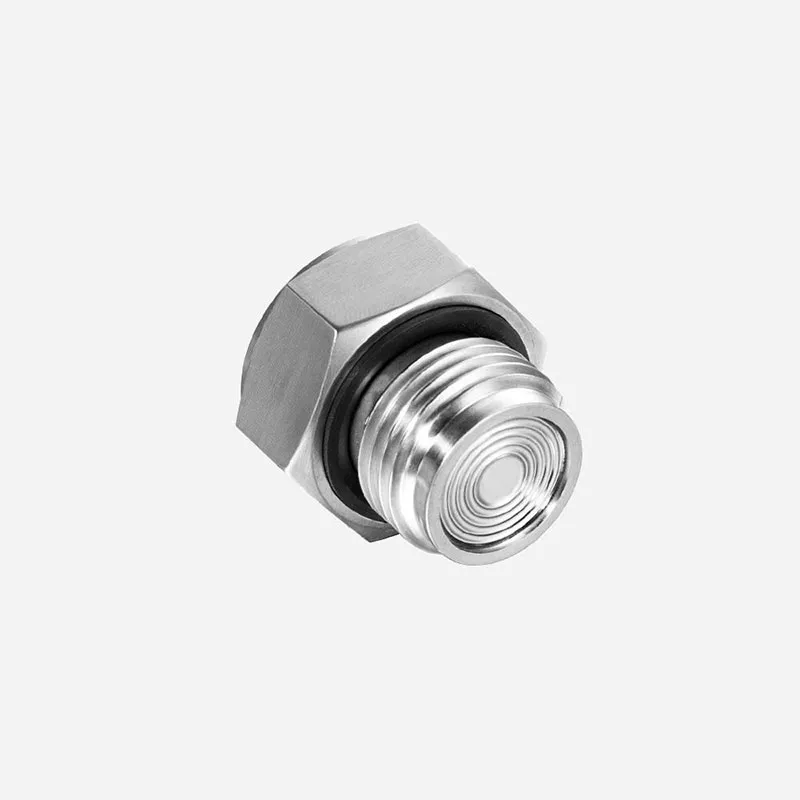
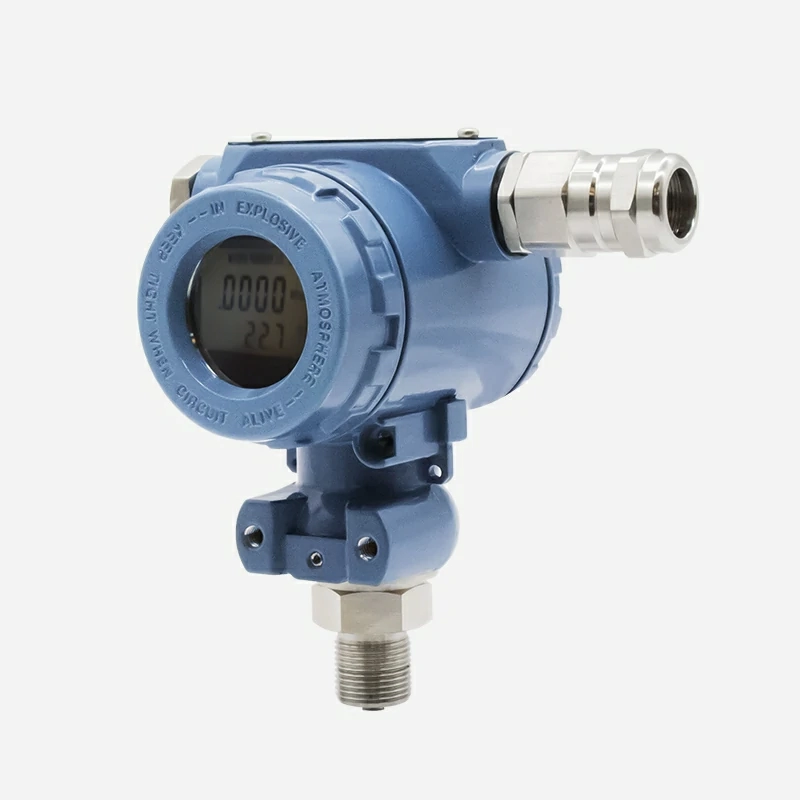
LCD display Corrosion-resistant housing
High accuracy ±0.1% FS
High level EMC protection
Simultaneous hybrid output of 4-20 mA+RS485
Intrinsically safe and explosion proof certification
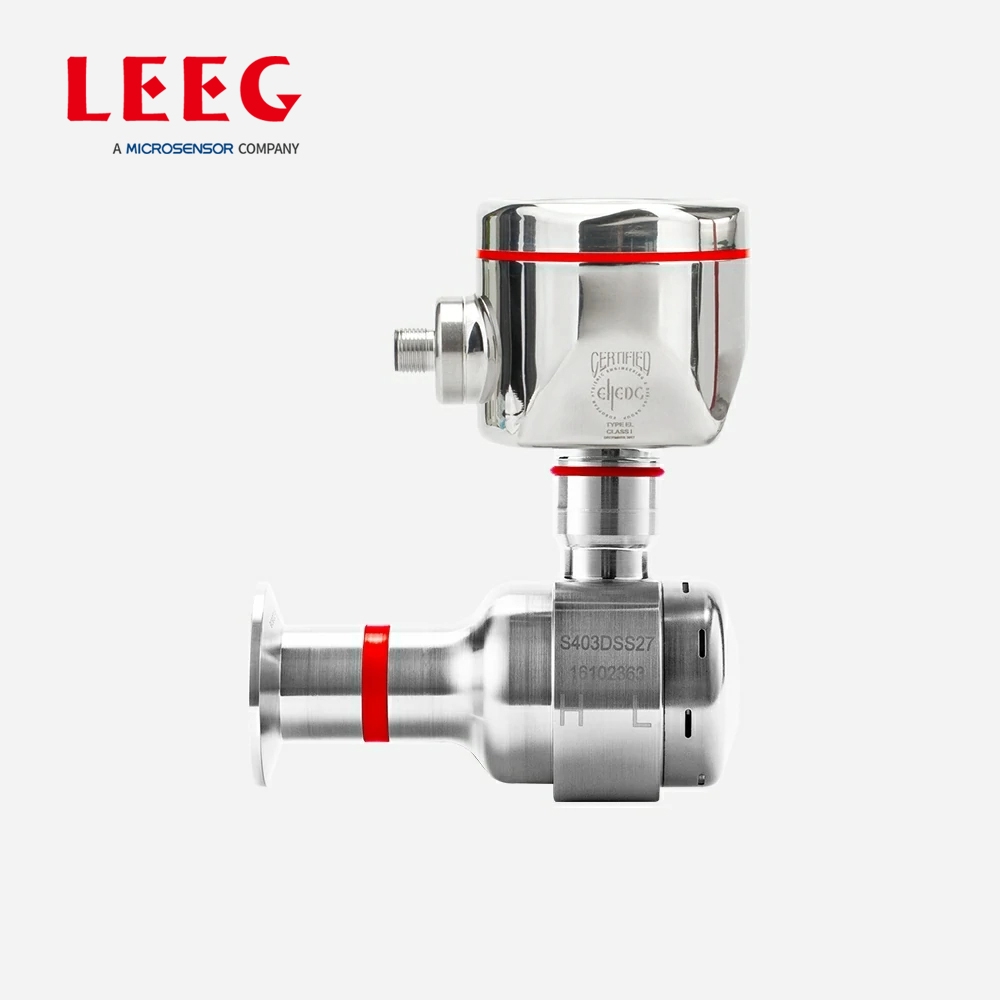
Pressure type: Gauge
Range: 0.1bar~25bar
Output signal: 4~20mA, 4~20mA+HART, Modbus-RTU/RS485 and others
Reference accuracy: ±0.2% upper range limit, maximum ±0.5% upper range limit
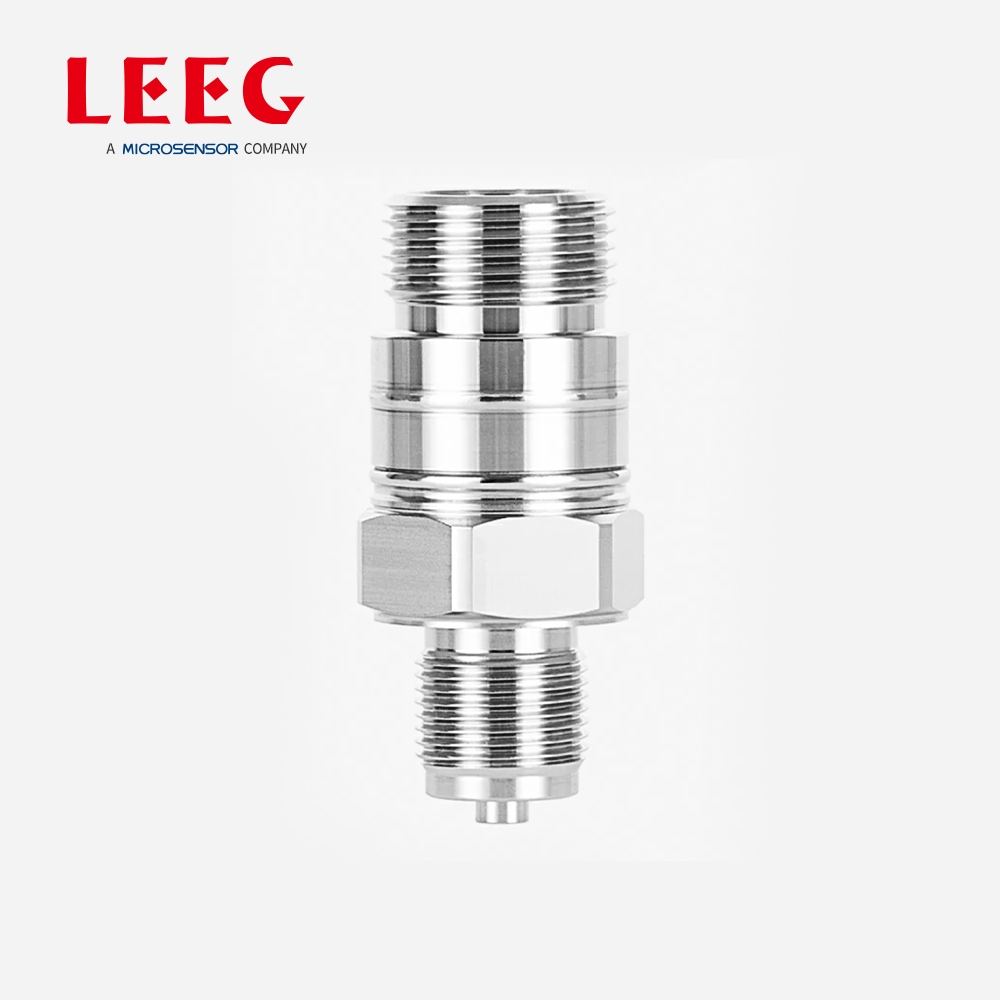
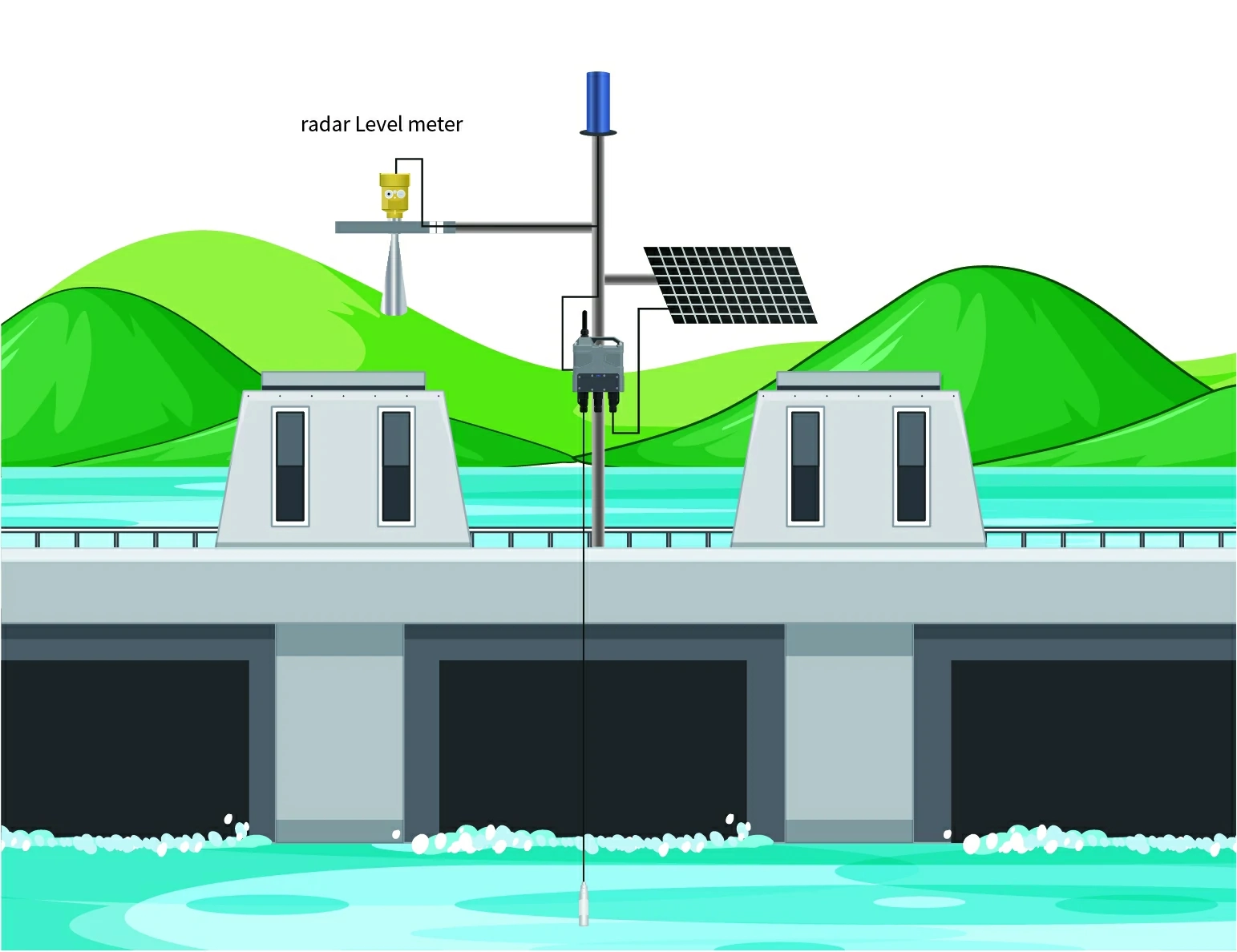
Real-time collection of reservoir water level, rainfall, and other information at dam monitoring points. Based on the changes in water level and the maximum capacity of the dam, calculations are made, and warnings and alarms are issued when the water level rises above the alert value.
more info...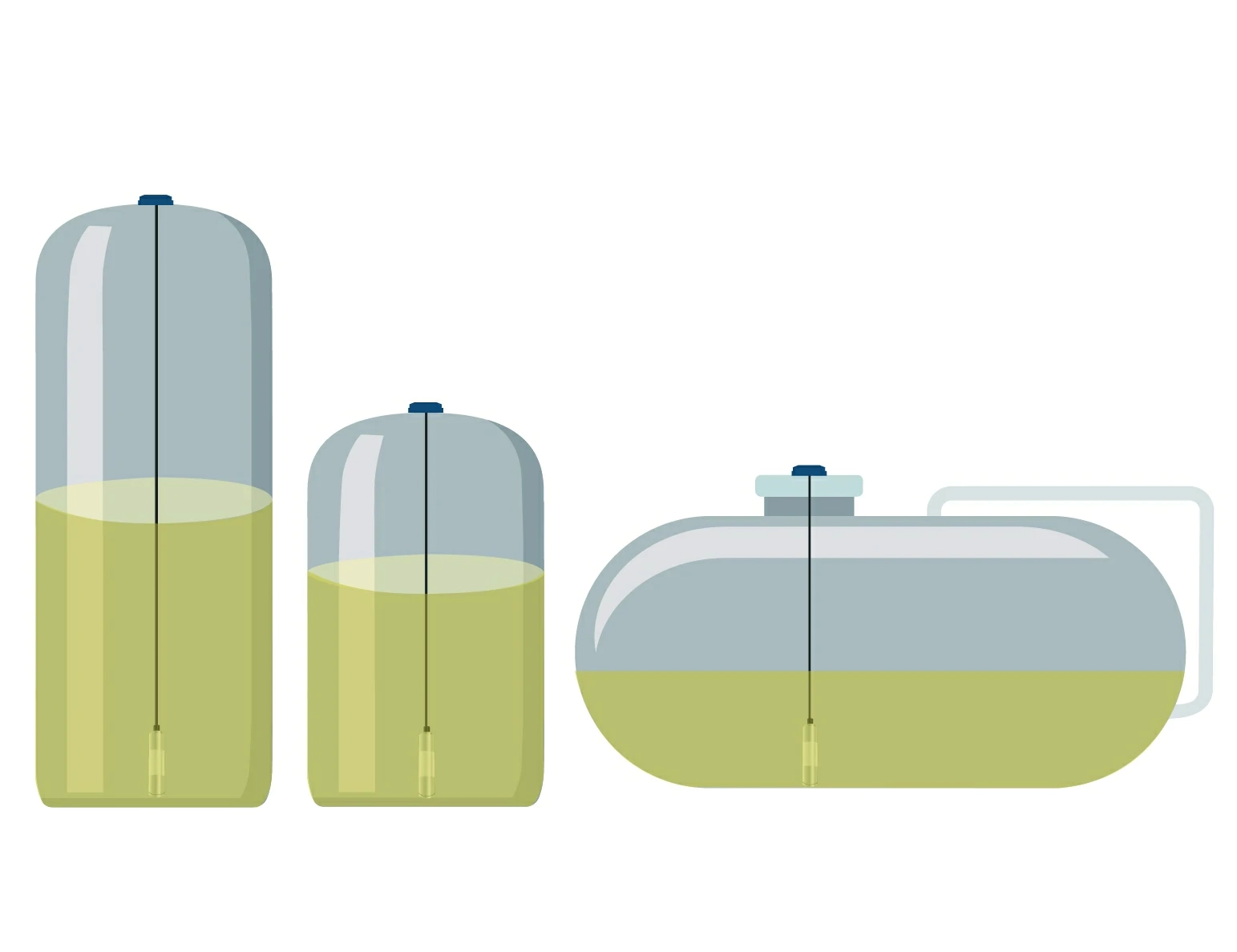
Oil is a high-quality energy and chemical raw material. That is, the "blood of industry". There are various challenges due to different environmental climates and storage conditions all over the world, as well as various unforeseen situations in the process of monitoring of oil tanks.
more info...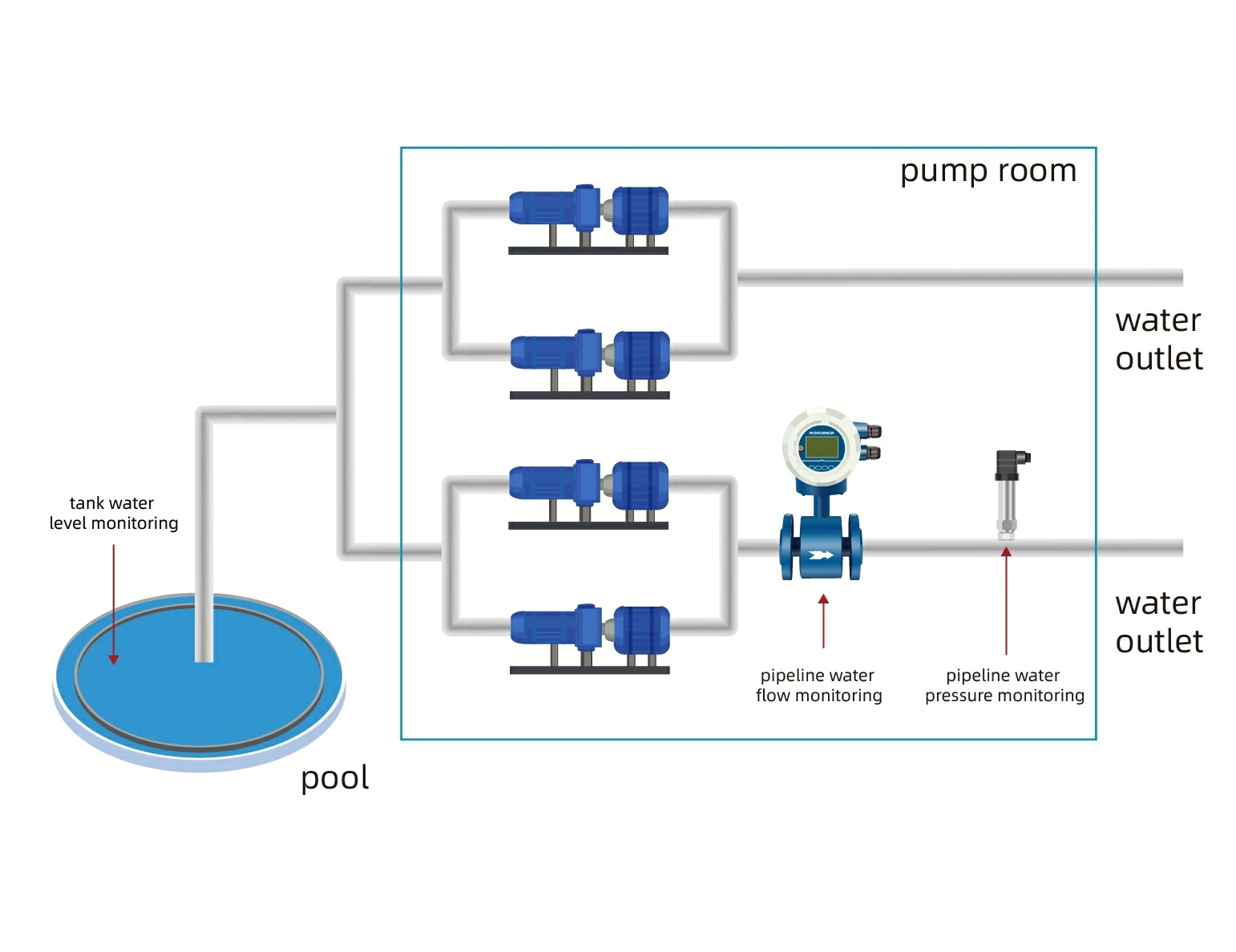
Water storage tank level, pipeline pressure, and flow within the pumping station can transmit status data to the platform via wireless networks. When anomalies are detected, the platform timely alarms. The staff handles fault information immediately. It ensures the normal operation of the water supply system.
more info...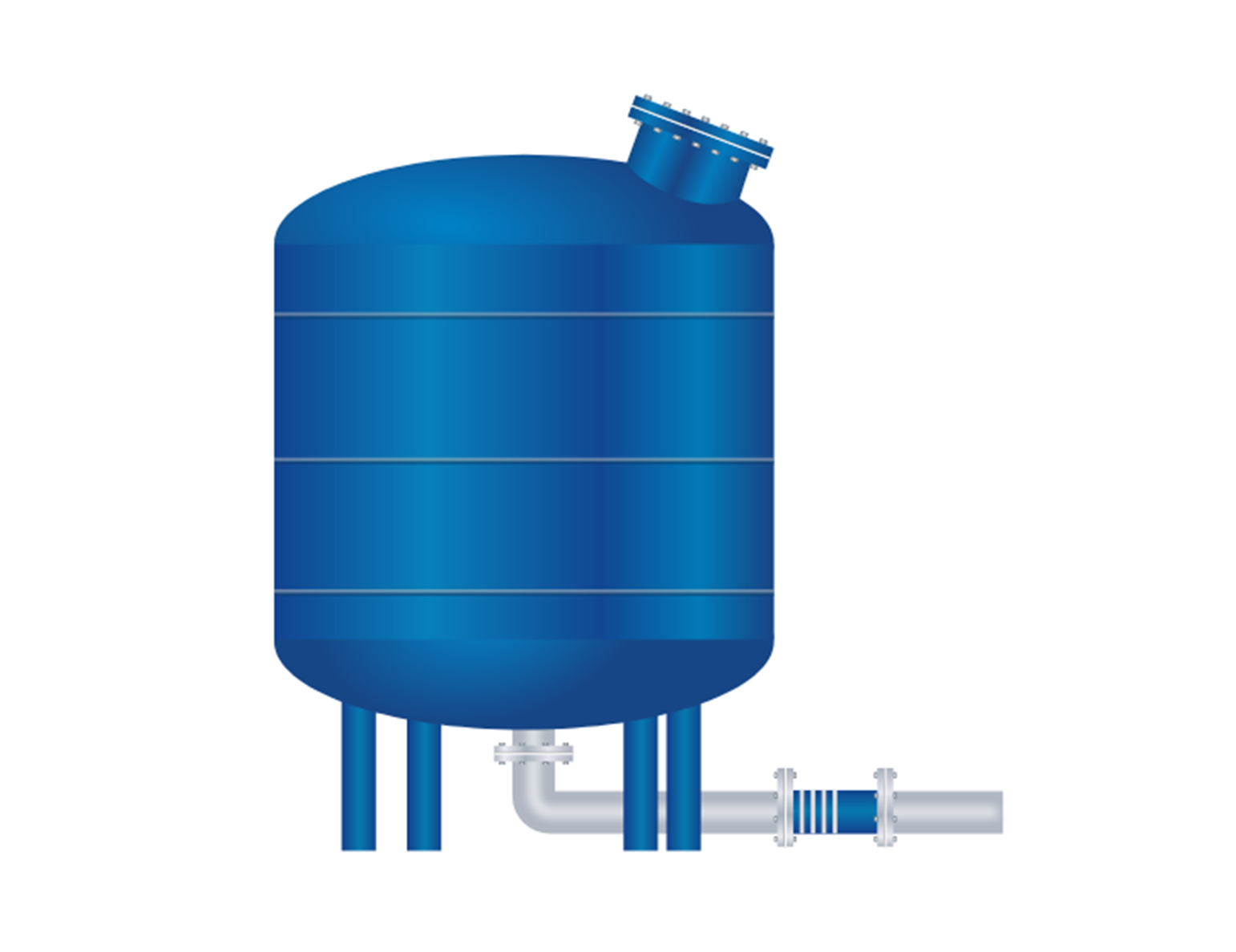
The pulp undergoes high-temperature bleaching in a tower using peroxides, ozone, or oxygen to get the right white color. The tower usually stays empty while the large amount of bleached pulp is dumped via a screw conveyor.
more info...